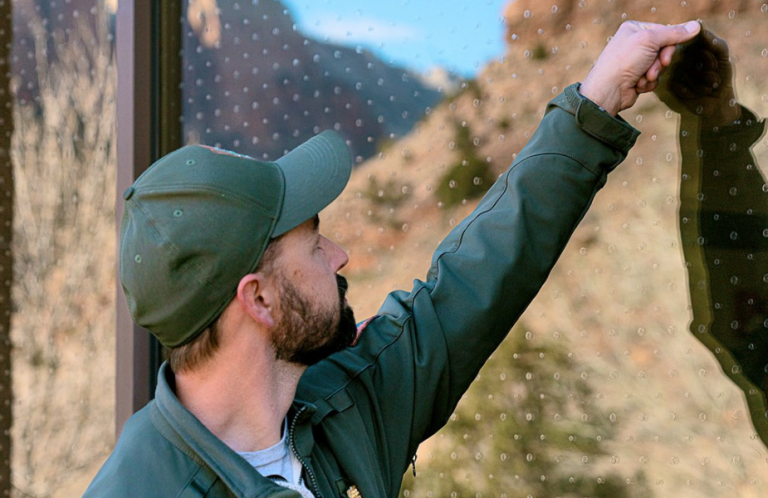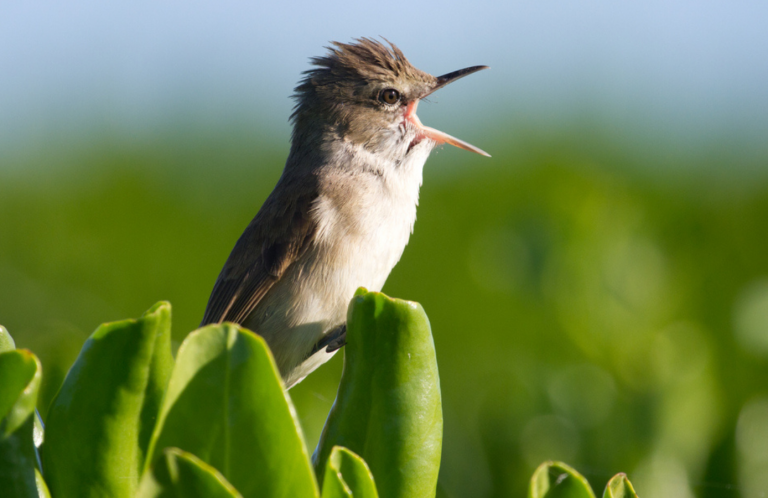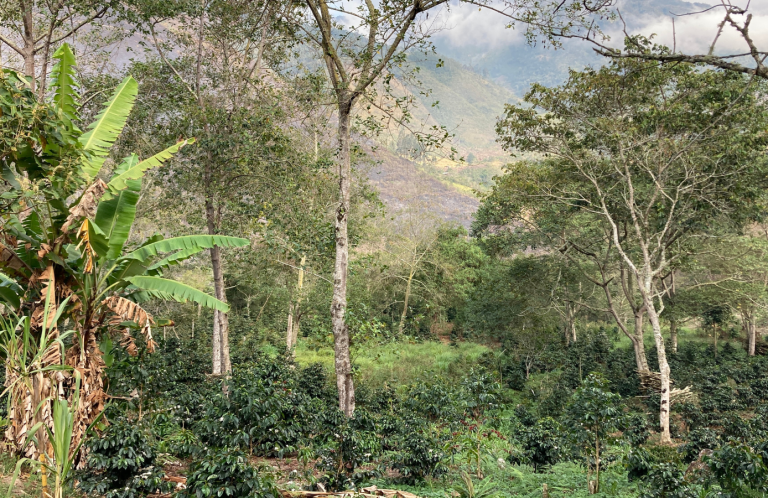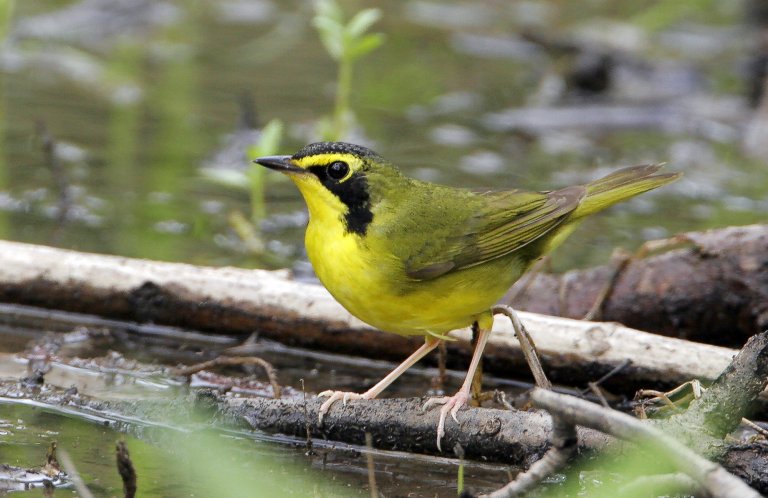Budgets, Bills, and Birds: What U.S. Appropriations Mean for Conservation
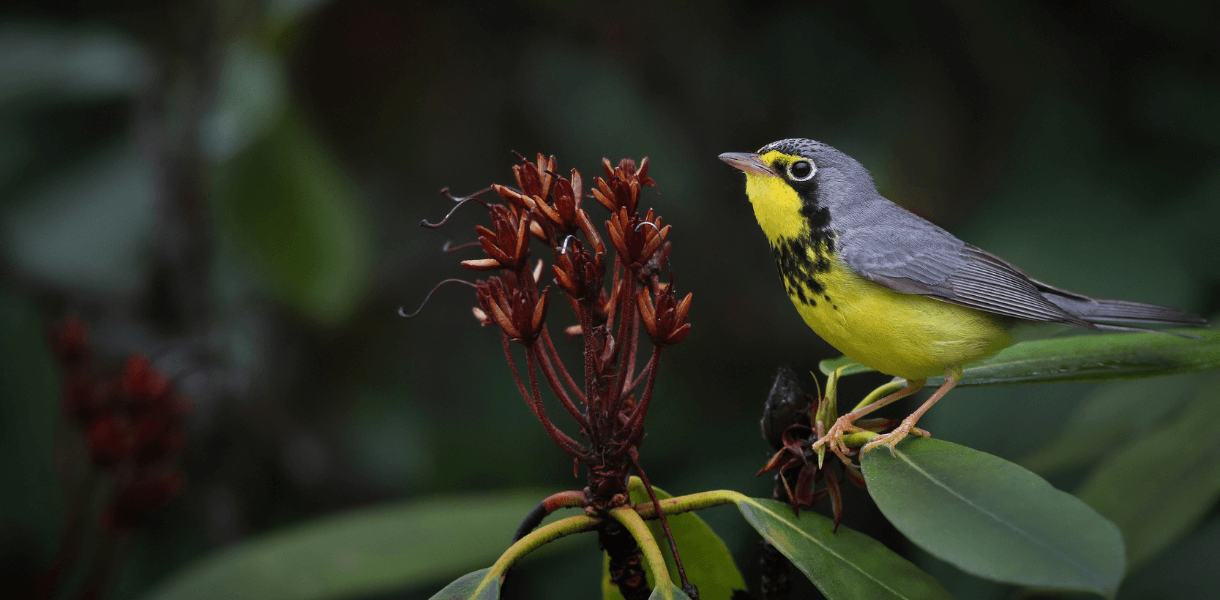
What do the Long-billed Curlew, Canada Warbler, and ‘Akeke‘e have in common? They all benefit from funds coming from the U.S. federal budgeting process.
This process, also referred to as appropriations, is kind of like the phenomenon of migration: It happens reliably, year after year, a feat that can seem miraculous. It can also be confounding, with multiple moving parts playing out simultaneously on a timeline towards overlapping deadlines that are sometimes missed. It lacks the brilliant plumage and songsmithing skills of migratory birds, but the importance of appropriations can't be overstated.
For organizations like American Bird Conservancy (ABC), the federal budgeting process is an opportunity to help ensure funding for existing and new conservation programs and initiatives. After support from individual contributors, federal grants are typically ABC's second-largest funding source. This funding empowers ABC and other groups to work to solve some of the greatest challenges facing birds today, from restoring habitat to bringing back birds from the brink of extinction. In ABC's case, federal government funds support our involvement in worthy causes ranging from massive, collaborative bodies like the Migratory Bird Joint Ventures (JVs) to discrete projects like mosquito mitigation on Maui to save Hawaiian honeycreepers from avian malaria.
You don't need to be a political scientist, elected official, or lobbyist to understand that good things can come out of this seemingly impenetrable process full of acronyms. As the appropriations process gets underway, here's what you need to know to follow along — and how you can help make sure bird conservation gets a slice of the pie.
The President's Budget: February – March
The process kicks off in February and March when the president submits to Congress a budget proposal outlining the priorities of the administration. Budgets signal to constituents and legislators the president's vision and priorities for the coming fiscal year (running from October 1 of the current calendar year to September 30 of the following year). While it's intended as a guide for Congress, the president's budget doesn't automatically become law. In fact, lawmakers are free to change, add to, or omit entirely any part of this first budgeting document in their bills.
Drafting Appropriations Bills: March – April
Once submitted to Congress, individual House and Senate offices draw up their budgeting priorities, inviting requests for funding from constituents and organizations like ABC, who can submit their requests via an online portal open for a limited time. Our Policy team communicates with Senate and House offices on the Hill, making sure birds are on the agenda. But some of the most powerful voices for birds that lawmakers will hear are those of their constituents.
To help bridge the gap and put conservation supporters in touch with decision makers, ABC provides action alerts as a way for our members to demonstrate their backing of our budget requests and have a direct line of communication to their representatives. ABC also hosts “fly-in” events, giving staff, members, and supporters from around the country a chance to meet with their representatives and voice their support for budget requests. ABC's members are some of the most powerful and effective advocates for birds.
There is a flurry of activity as representatives circulate and sign on to letters supporting or opposing funding for a specific program, making it easier for their priorities to be included in the first draft.
Rather than one giant document consisting of thousands of pages, the legislation is split among 12 separate bills, one for each appropriations subcommittee, which are organized into broad categories like the Interior, Environment, and Related Agencies Subcommittee. Each subcommittee drafts a spending bill for its respective portfolio. The U.S. Senate and House undergo this process simultaneously with each chamber having the same committee structure. Depending on the priorities of the respective members, the Senate and House versions may differ greatly.
Appropriations Committee Hearings: April – July
Spending bills from each House subcommittee are released to the public and the committees hold hearings. During hearings, they hear testimony from constituents, fellow lawmakers, agency representatives, and programs impacted by federal funding. The Senate subcommittees don't always hold hearings on each of their proposed spending bills, and will instead wait for the bills passed by the House to debate them on the Senate floor.
During this process, spending bills get marked up (amended) before each bill is voted on in the House Appropriations Committee. From there, the 12 bills head to the House floor for a full vote.
Voting on the Bills: June – September
In a process that ideally begins in June and lasts through July, the House debates, amends, and then votes on final versions of the bills — well, close to final. By August, the House and Senate will have voted on some, if not all, of the appropriations bills.
These bills should be aligned in both chambers, with few differences between the House and Senate versions. Whatever discrepancies exist get hashed out in the reconciliation process, which takes place in a conference committee, a special committee composed of representatives and senators. The compromise bills that come out of conference get voted on by each chamber, a process that can require multiple trips back to the drawing board.
Recall that the federal government's fiscal year runs October 1 through September 30. Senators and representatives are in a race against the clock to get their final versions of the bills to the desk of the president, who will (ideally) sign it into law. Presidents can and have vetoed appropriations bills in the past.
But what if they fail to pass a budget by 11:59 pm on September 30? In recent decades, this scenario has become more frequent. Congress can pass a continuing resolution (CR) to maintain funding for the government for a defined period of time. If they're at an impasse, they run the risk of a government shutdown.
Making a Big Splash for Birds
Once the appropriations bills are signed by the president, agencies and programs can get to work enacting what's been funded, which often means making grants or contracting with organizations like ABC. With this support, ABC and our partners put those dollars to good use conserving resident birds and migratory birds at both ends of their migration journeys and places in between.
Federal funding supports a wide breadth of work. We can carry out technical assistance in forestry for landowners stewarding their properties for conservation in the Great Lakes, improve and connect habitat for Long-billed Curlews on working agricultural lands in Montana, and build out the Motus network throughout the United States (to name only a few recent projects and initiatives funded with federal dollars).
Appropriations help us work where the need is greatest and bring together the organizations and partners necessary to pull birds like Hawai‘i's honeycreepers back from the brink of extinction. Funding from the U.S. Fish and Wildlife Service (USFWS) and National Fish and Wildlife Foundation (NFWF) jumpstarted the creation of ABC's Hawai‘i program in 2009, a response to the crisis facing Hawai‘i's birdlife. Since then, federal funding has nurtured the creation of Birds, Not Mosquitoes, which has enacted mosquito mitigation efforts on Maui and Kaua‘i. It also enabled the translocation of the Millerbird, reducing the risk of extinction. Another recent project funded by the U.S. Coastal Program and partners, with support from Senator Brian Schatz, created a predator-proof fence to protect habitat for vulnerable nesting shorebirds on Moloka‘i.
Our federally funded work takes us where many of our priority migratory birds spend the nonbreeding season, supporting our efforts to conserve birds at every stage of the annual cycle. Birds like the Canada Warbler and Olive-sided Flycatcher that breed in the U.S. journey to places like Peru, where the rich forests that provide their seasonal home face grave threats from deforestation. While a majority of the millions of dollars allocated for bird conservation stays in the U.S., a small portion of it enables us to advance conservation efforts across the hemisphere.
In Peru, supported by the federal Neotropical Migratory Bird Conservation Act (NMBCA), ABC and Asociación Ecosistemas Andinos (ECOAN) have protected more than 21,000 acres, planted more than one million trees and coffee bushes, and partnered with the people who share their land with birds to improve habitat and provide economic opportunities. These actions have a ripple effect: When we conserve habitat for migratory birds, we are providing a lifeline for threatened endemics like the Long-whiskered Owlet and Ochre-fronted Antpitta, as well.
Ultimately, the appropriations bill provides much-needed funding for hundreds of agencies and departments and thousands of programs. Despite the budget containing appropriations for the Farm Bill — the world's single largest source of conservation funding — funding for conservation is a drop in a very large, multi-trillion-dollar bucket, but that one drop makes an enormous splash for organizations like ABC and our partners.





































